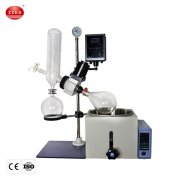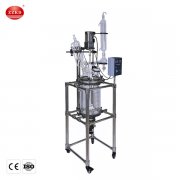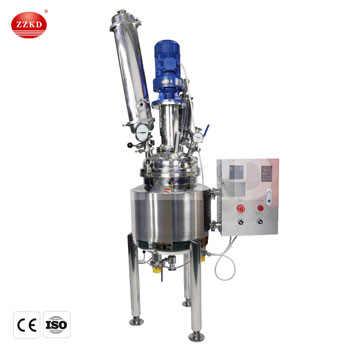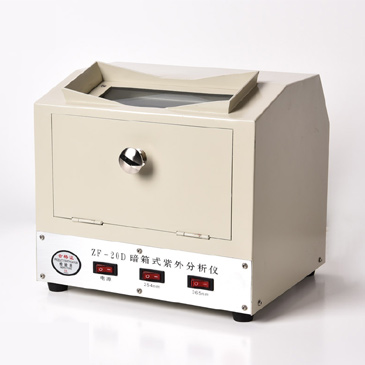In the world of scientific research, laboratory equipment plays a crucial role in ensuring accurate, efficient, and reproducible results. Among the essential tools in a modern laboratory, the rotary evaporator stands out as an indispensable device, particularly in the fields of chemistry, biology, and pharmaceutical sciences. Whether for solvent evaporation, concentration of samples, or gentle drying of thermally sensitive materials, the rotary evaporator is a workhorse that has become a staple in laboratories worldwide. But what exactly makes the rotary evaporator so vital, and how can it elevate the quality of laboratory processes?
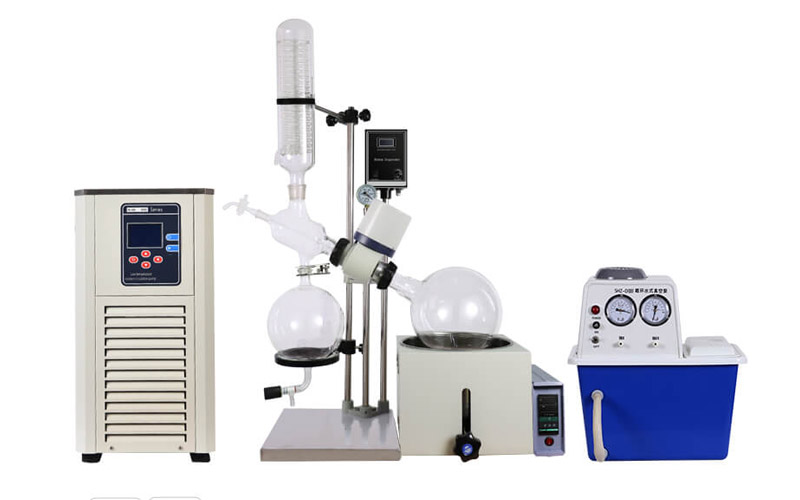
Understanding the Basics of a Rotary Evaporator
A rotary evaporator machine, often referred to as a "rotovap," is a device used in laboratories for the efficient and gentle removal of solvents from samples through evaporation. The basic design includes a motor that rotates a flask containing the sample, a heating bath, a condenser, and a vacuum system. The process involves reducing the pressure within the system, which in turn lowers the boiling point of the solvent, allowing it to evaporate at a much lower temperature. The rotating flask increases the surface area of the liquid, facilitating faster evaporation, while the condenser cools the vapor back into a liquid form, which is then collected.
But why is the ability to evaporate solvents at lower temperatures so important? Many compounds that are analyzed or synthesized in laboratories are sensitive to heat. High temperatures can cause degradation or unwanted side reactions, leading to loss of product or inaccurate results. By evaporating solvents at lower temperatures, a rotary evaporator helps in preserving the integrity of the sample.
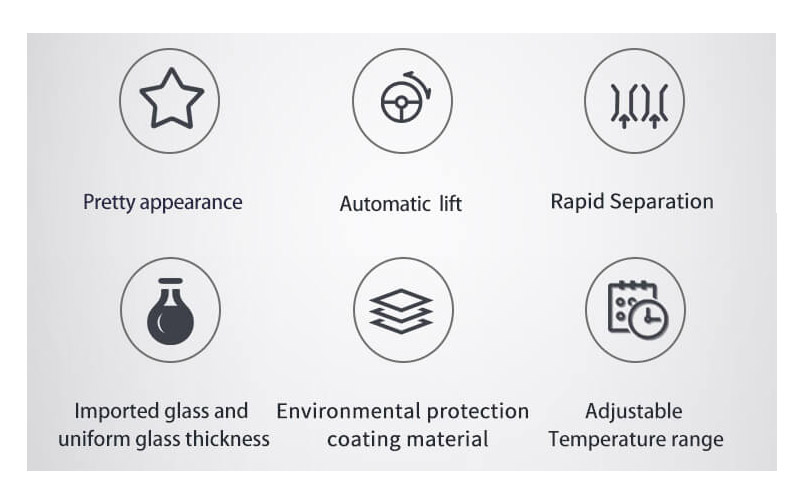
The Role of Rotary Evaporators in Modern Laboratories
Rotary evaporators are not just for chemists. Their versatility makes them useful across various scientific disciplines. In pharmaceuticals, they are used to concentrate extracts, remove solvents, and even assist in the synthesis of new drugs. In the field of food science, rotovaps are employed to concentrate flavors and aromas. Environmental laboratories use them to prepare samples for analysis, and in the cannabis industry, they play a critical role in the extraction and purification of cannabinoids.
What makes rotary evaporators particularly appealing is their ability to handle a wide range of solvents, from volatile organic compounds to more viscous substances. This flexibility allows researchers to use the same piece of equipment for multiple applications, increasing laboratory efficiency and reducing equipment costs.
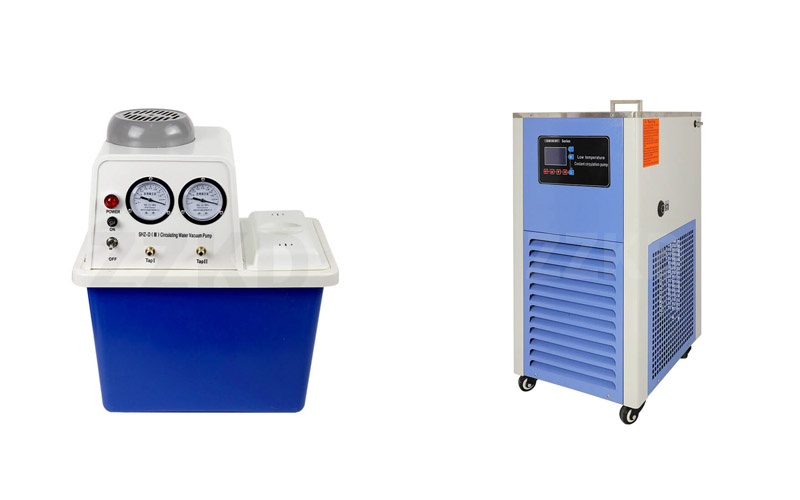
How to Choose the Right Rotary Evaporator
Given the importance of rotary evaporators in a lab, how does one go about selecting the right model? Several factors should be considered:
-
Size and Volume Capacity: Rotary evaporators come in various sizes, from small benchtop models to larger industrial-scale units. The choice depends on the typical volume of solvent you need to evaporate. A smaller lab focused on small-scale synthesis might do well with a compact model, while larger labs processing bigger batches will require a more robust unit.
-
Vacuum and Heating System: The efficiency of solvent removal is highly dependent on the vacuum system and the heating bath. A good vacuum system should be able to maintain a stable pressure and reach the necessary vacuum levels quickly. The heating bath should provide precise temperature control to avoid overheating sensitive samples.
-
Ease of Use and Maintenance: Modern rotary evaporators come with digital displays, automated features, and safety mechanisms that simplify operation. Choosing a model that is easy to clean and maintain can save valuable time and reduce the risk of contamination between experiments.
-
Cost and Durability: While it might be tempting to opt for the cheapest model available, it’s important to consider the long-term costs. A more durable and reliable unit might come with a higher upfront cost, but it will likely save money in the long run by reducing downtime and maintenance expenses.
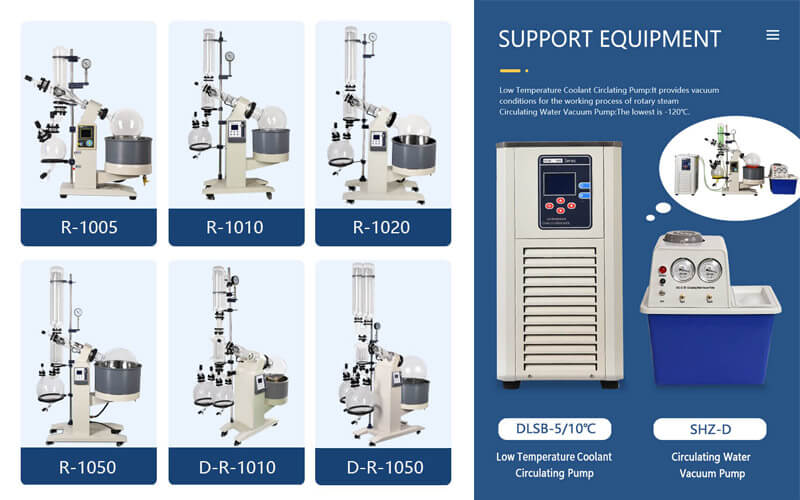
Maximizing the Efficiency of a Rotary Evaporator
Even with the best equipment, optimizing the process is key to achieving the best results. Are there ways to enhance the efficiency of a rotary evaporator? Absolutely. Here are a few tips:
-
Optimize the Rotation Speed: The rotation speed of the flask can significantly affect the rate of evaporation. Higher speeds increase the surface area of the liquid and reduce the thickness of the liquid film, leading to faster evaporation. However, too high a speed can cause splashing or bumping, so finding the optimal speed for your specific application is crucial.
-
Control the Vacuum Pressure: The vacuum level should be adjusted based on the solvent's boiling point. Lowering the pressure too much might cause the solvent to freeze, while too little vacuum might result in inefficient evaporation. Using a vacuum controller that can maintain the optimal pressure throughout the process is beneficial.
-
Maintain the Condenser Temperature: The temperature of the condenser should be low enough to efficiently condense the solvent vapor back into liquid form. Depending on the solvent, this might require using a cooling fluid such as chilled water, dry ice, or a recirculating chiller.
-
Monitor the Heating Bath Temperature: It’s tempting to set the heating bath to a high temperature to speed up the evaporation, but this can lead to overheating and degradation of the sample. Gradually increasing the temperature to find the sweet spot for evaporation without compromising the sample integrity is the best approach.
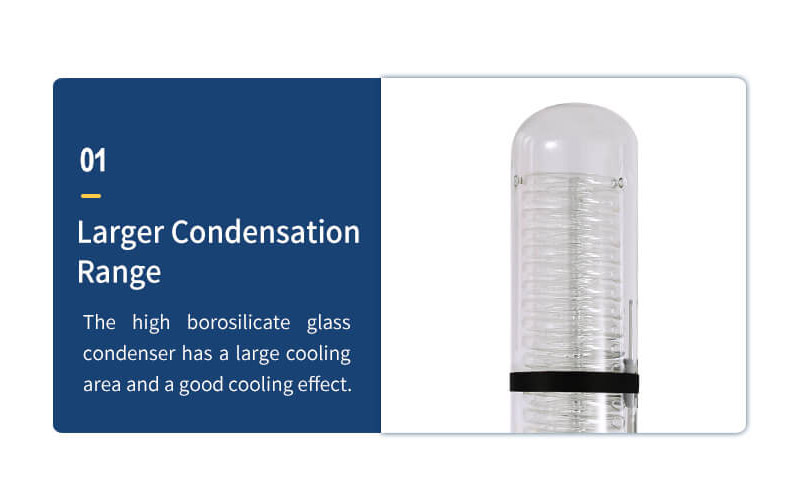
Innovation in Rotary Evaporator Technology
The field of rotary evaporation has not remained static. In recent years, there have been significant advancements in technology aimed at improving efficiency, safety, and ease of use. Modern rotary evaporators are equipped with touchscreens, automated solvent recovery systems, and built-in sensors that monitor and adjust the process parameters in real-time. Some advanced models even offer remote monitoring and control, allowing researchers to manage the evaporation process from outside the lab.
These innovations not only improve the performance of the rotary evaporator but also enhance the reproducibility of results, a critical factor in scientific research. With automation and smart controls, the risk of human error is reduced, and experiments can be easily replicated with consistent outcomes.
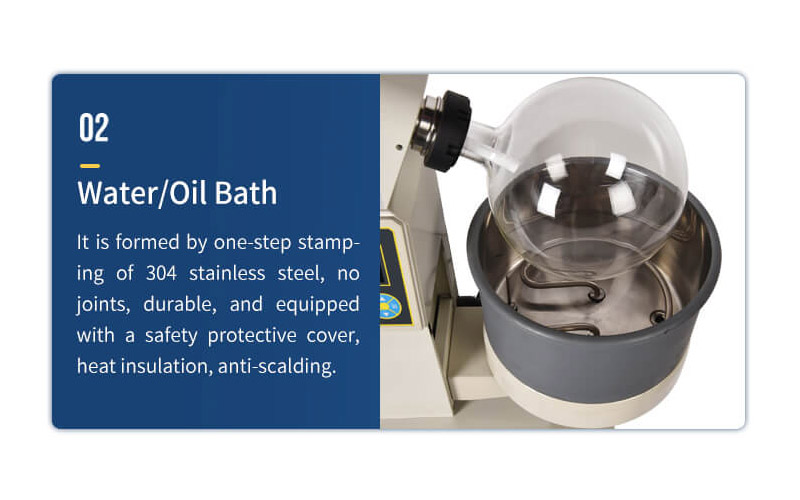
The Future of Rotary Evaporators
Where is rotary evaporator technology headed? As with many other areas of laboratory equipment, the future lies in increased automation, integration with other lab systems, and greater data analytics capabilities. Imagine a rotary evaporator that not only evaporates solvents but also analyzes the concentration of the remaining sample in real-time, providing instant feedback and allowing for immediate adjustments. Such integration could revolutionize laboratory workflows, making them more efficient and reducing the time needed to complete complex procedures.
Moreover, sustainability is becoming an increasingly important consideration. Future rotary evaporators may be designed with energy efficiency in mind, using less power and minimizing waste. Additionally, the development of environmentally friendly solvents, which require specific evaporation conditions, may drive further innovation in the design and functionality of rotary evaporators.
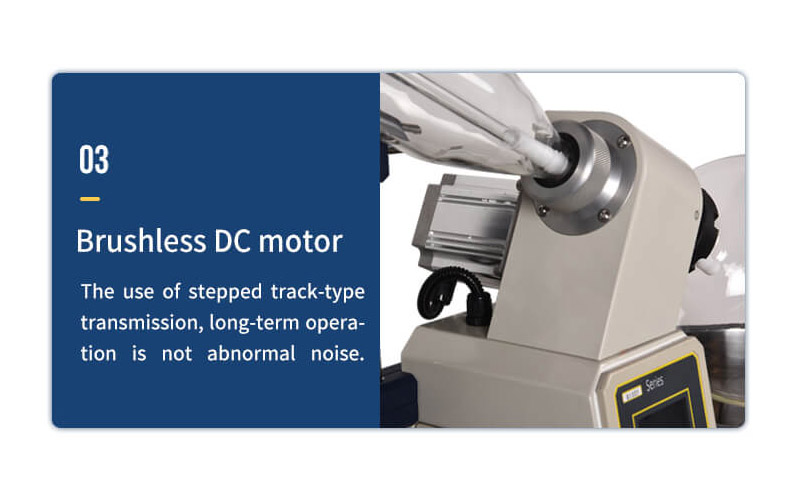
Conclusion
In the ever-evolving landscape of scientific research, the laboratory rotary evaporator remains a cornerstone of many essential processes. Its ability to efficiently and gently remove solvents makes it an invaluable tool in various scientific disciplines. Whether selecting the right model or optimizing its operation, understanding the principles behind rotary evaporation is key to maximizing the benefits this device offers.
Could your lab benefit from upgrading to a more advanced rotary evaporator? If efficiency, precision, and reliability are priorities, then the answer is likely yes. Investing in a high-quality rotary evaporator is not just about acquiring another piece of equipment; it’s about enhancing the capabilities of your laboratory and ensuring that your research can be conducted with the highest standards of accuracy and reproducibility.
As technology continues to advance, the role of the rotary evaporator in laboratories will only grow in importance. By staying informed about the latest developments and best practices, you can ensure that your laboratory is equipped to meet the challenges of tomorrow’s research.

 Products
Products





